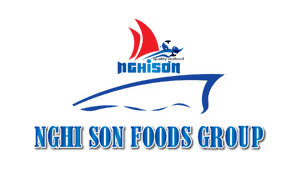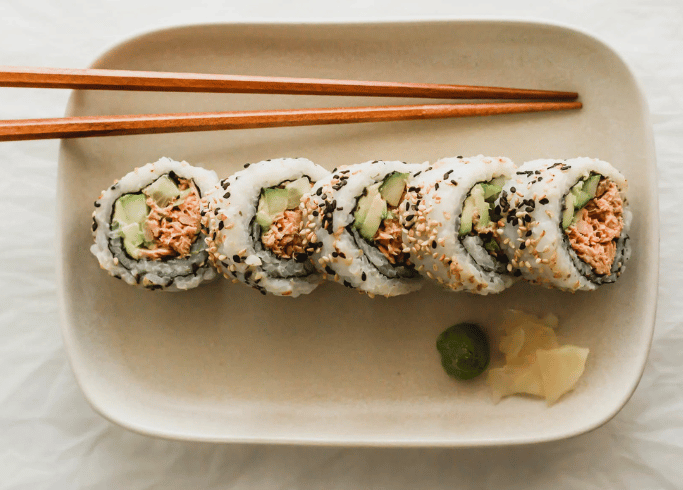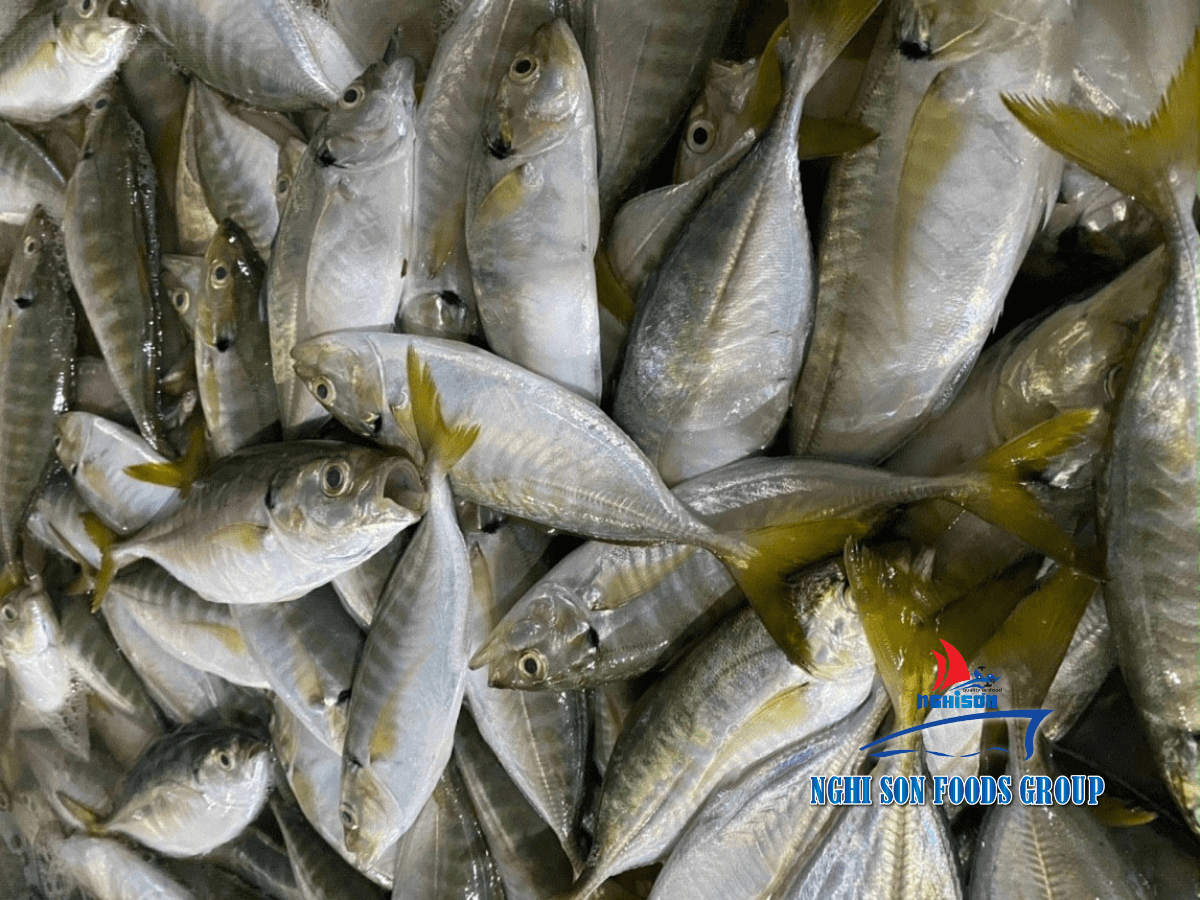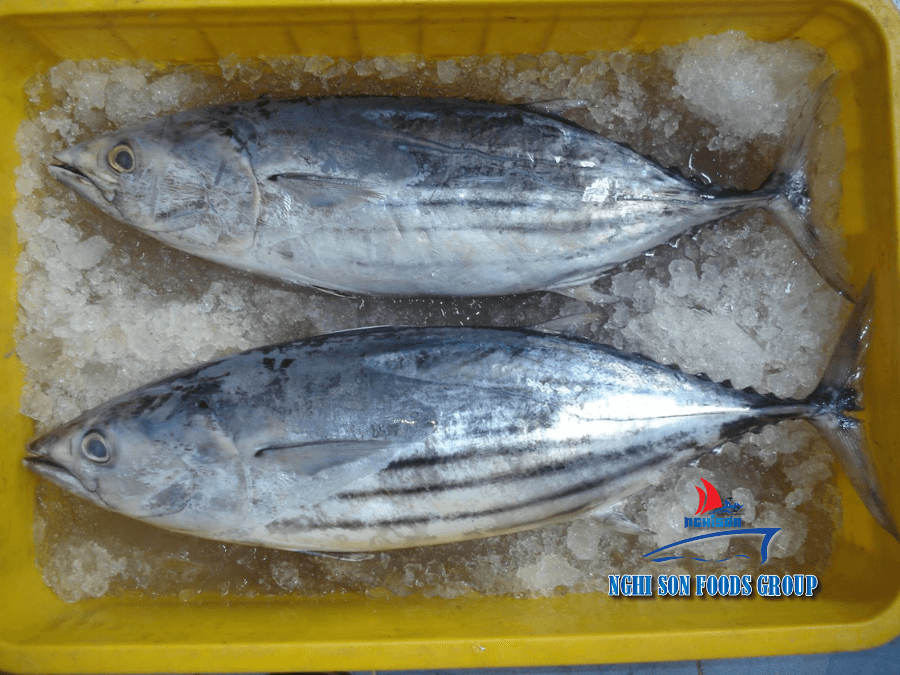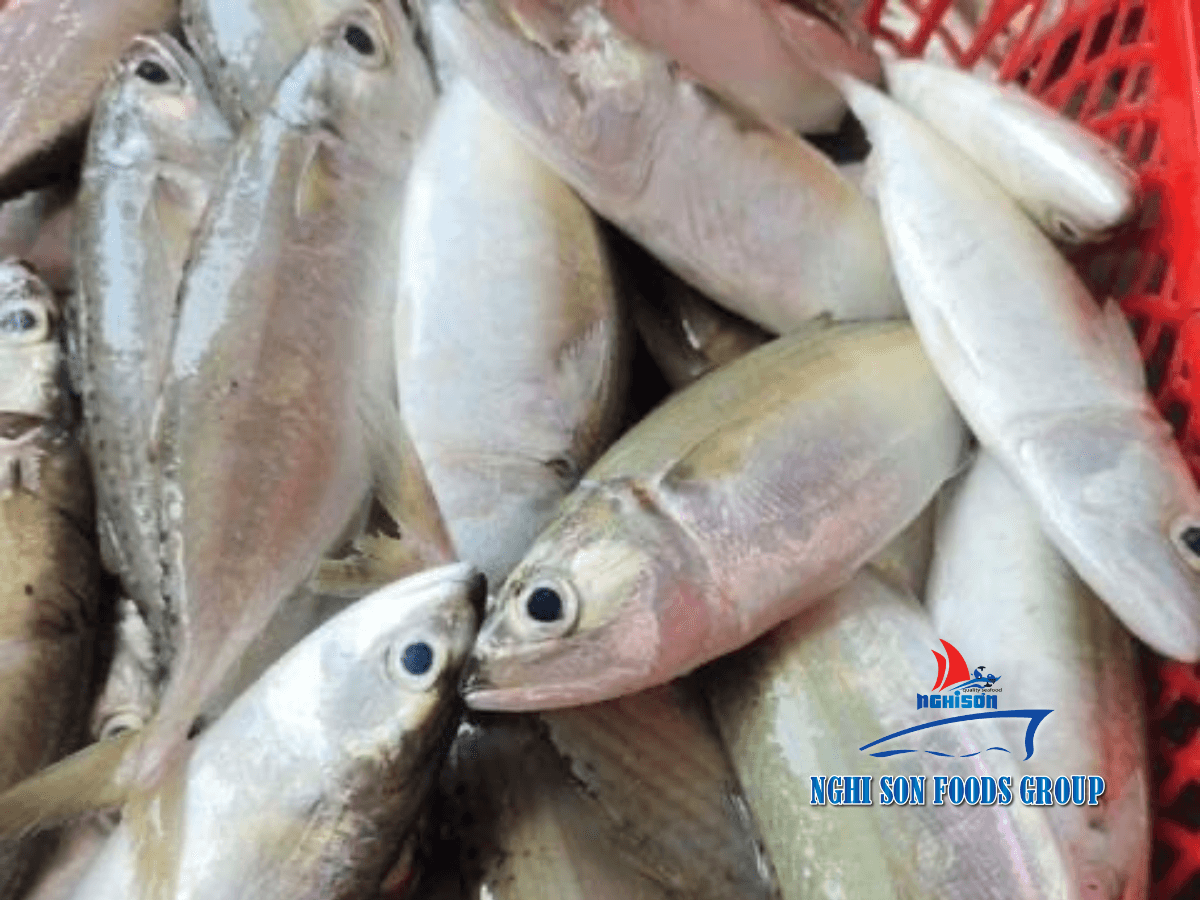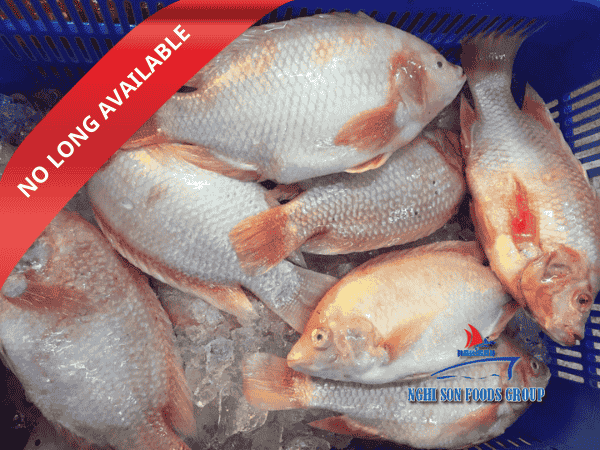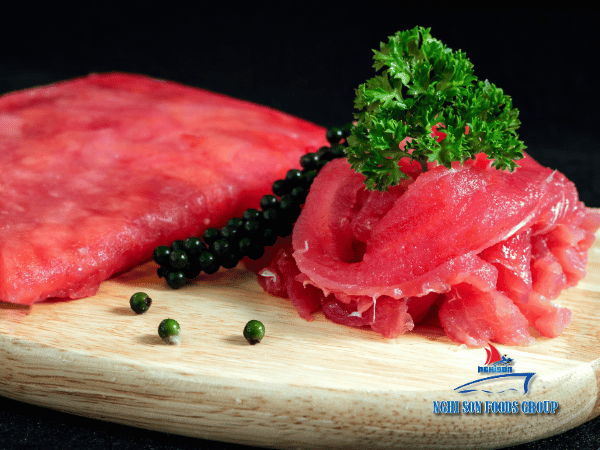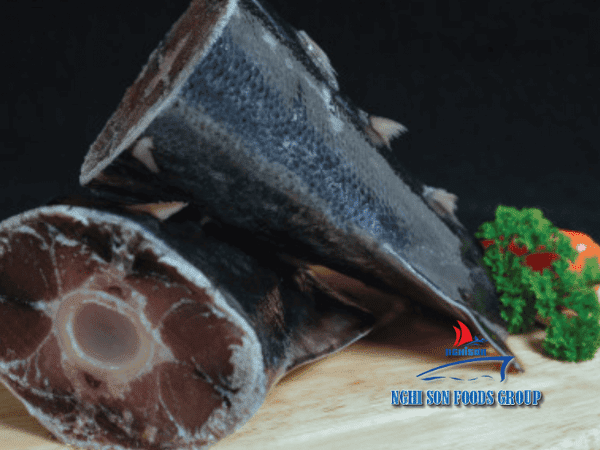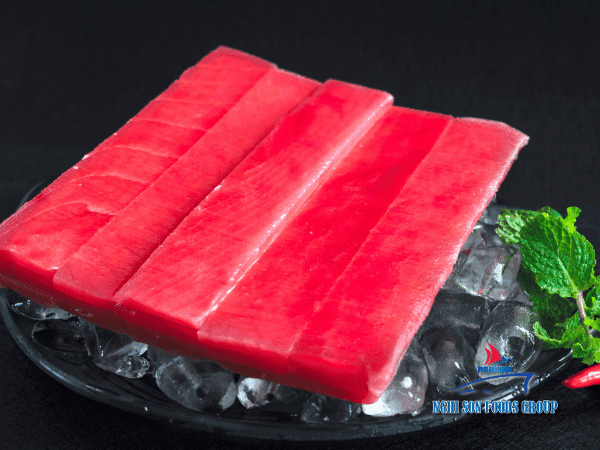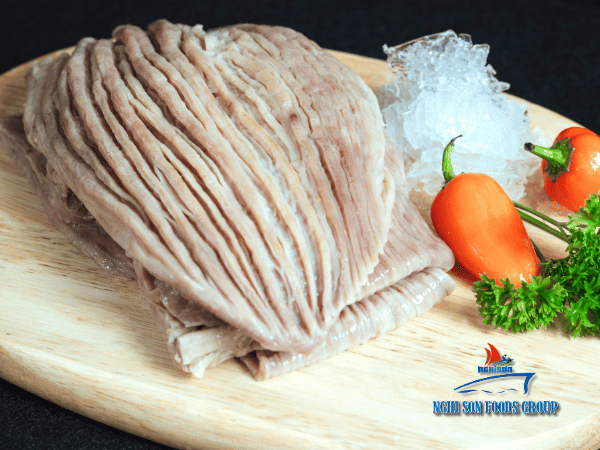In the vast oceans of our world, there is an urgent need to protect not only the environment but also the incredible marine life that inhabits these waters. Dolphins, with their intelligence and beauty, have long captured our fascination. However, they face significant threats, particularly from traditional fishing practices. In this article, we’ll delve into the world of Dolphin Safe Certificate, shedding light on how it plays a crucial role in ensuring ethical fishing practices and safeguarding these magnificent creatures.
Table of Contents
ToggleWhat is the Dolphin Safe Certificate?
Dolphin Safe Certificate, often referred to as Dolphin Safe labels, is a certification granted to fisheries that adhere to strict standards aimed at minimizing harm to dolphins during fishing operations. These standards are developed and maintained by organizations like the Earth Island Institute and governmental bodies dedicated to marine conservation.
The criteria for Dolphin Safe certification encompass various aspects of fishing practices. They include using dolphin-safe fishing nets, employing specific techniques to prevent dolphin bycatch, and having independent observers on board to monitor fishing operations. Meeting these stringent criteria ensures that certified fisheries are truly committed to ethical practices.
Why is the Dolphin Safe Certificate Important?
Traditional fishing methods, such as purse seine nets, have inadvertently led to the accidental capture of dolphins, a phenomenon known as “bycatch.” The impact of bycatch on dolphin populations and marine ecosystems can be devastating. Dolphin Safe Certificate is vital in addressing this issue by promoting sustainable fishing practices that significantly reduce the risk of harming dolphins.
The importance of the Dolphin Safe Certificate goes beyond safeguarding dolphins. It also serves to protect other marine species, such as tuna and sharks, which often swim in the same areas as dolphins. By minimizing bycatch, this certificate contributes to the overall health and balance of the marine ecosystem.
The Certification Process
Obtaining a Dolphin Safe Certificate is a rigorous and meticulous process. Fisheries seeking certification must undergo thorough audits and inspections to ensure compliance with the established standards. This process may include on-site visits, interviews with fishermen, and documentation reviews.
One key aspect of the certification process is the requirement for fisheries to use dolphin-safe fishing nets. These nets are designed to allow dolphins to escape easily if they become entangled, thus reducing the risk of harm.
Benefits of Dolphin Safe Certificate
The benefits of the Dolphin Safe Certificate extend to both consumers and fisheries:
For consumers
- Assurance of ethically sourced seafood products.
- Confidence that their purchases support marine conservation efforts.
- A sense of responsibility in choosing products that align with their values.
For fisheries
- Access to international markets with a growing demand for ethically sourced seafood.
- Enhanced reputation and credibility in the industry.
- Participation in the global effort to protect marine life and promote sustainability.
Challenges and Controversies
While the Dolphin Safe Certificate is a commendable initiative, they are not without challenges and controversies. Some critics argue that the standards are not stringent enough to prevent all dolphin bycatch, especially in large-scale commercial fishing operations.
Another point of contention is the cost associated with implementing and maintaining the required practices, which can be a burden for smaller fisheries. To address these concerns, ongoing efforts are being made to continually improve certification standards and make them more accessible to a wider range of fisheries.
How to Verify Dolphin Safe Products
Consumers who wish to support dolphin conservation can do so by looking for Dolphin Safe labels on seafood products. These labels are a clear indicator that the product has been sourced in an ethical and dolphin-friendly manner.
Additionally, consumers can visit the websites of the organizations responsible for Dolphin Safe certification to access updated lists of certified products and fisheries. This transparency allows consumers to make informed choices when purchasing seafood.
Success Stories
Several fisheries have successfully adopted Dolphin Safe practices, resulting in a significant reduction in dolphin bycatch. These success stories highlight the positive impact that certification can have on both marine life and the fishing industry.
For example, the Eastern Tropical Pacific tuna fishery, once associated with high levels of dolphin bycatch, has made substantial improvements and now adheres to Dolphin Safe standards. This success story underscores the transformative potential of Dolphin Safe certification.
The Science Behind Dolphin Safe Practices
Scientific research plays a pivotal role in the development and validation of Dolphin Safe practices. Researchers use a combination of methods, including satellite tracking, underwater acoustics, and genetic analysis, to better understand the behavior and movement of dolphins about fishing operations.
This research informs the design of dolphin-safe nets, which are engineered to reduce entanglement and allow dolphins to escape unharmed. These nets are a testament to the collaboration between science and industry to find sustainable solutions.
Dolphin Safe Labels Around the World
Dolphin Safe certification is not limited to one region. It has gained international recognition, with different countries and regions adopting these labels to promote ethical fishing practices.
In the United States, for example, the National Oceanic and Atmospheric Administration (NOAA) oversees the Dolphin-Safe Tuna Program, which ensures that tuna products meet specific criteria for dolphin-safe sourcing. Other countries and regions have developed their certification programs, all with the shared goal of protecting marine life.
Eco-Friendly Fishing Techniques
Exploring sustainable and dolphin-friendly fishing methods is essential for the future. One such method is pole-and-line fishing, which involves using a single hook and line to catch fish, reducing the risk of bycatch significantly. Other techniques include using Fish Aggregating Devices (FADs) that dolphins can easily avoid and adopting best practices for responsible fishing.
By embracing these eco-friendly methods, fisheries not only protect dolphins but also contribute to the overall health of our oceans and the sustainability of seafood resources.
Frequently Asked Questions (FAQ)
What is the purpose of Dolphin Safe Certificate?
How can consumers ensure a product is Dolphin Safe?
Are there any alternatives to Dolphin Safe fishing?
How do Dolphin Safe practices benefit the marine ecosystem?
What organizations oversee Dolphin Safe certification?
Are Dolphin Safe products more expensive?
Can Dolphin Safe practices be applied to all types of fishing?
Future of Dolphin Safe Certification
The future of Dolphin Safe certification looks promising. As technology advances and awareness grows, we can expect even more effective methods and a wider adoption of ethical fishing practices. Cutting-edge technologies, such as artificial intelligence and drones, are being explored to monitor fishing operations and further reduce the risk of bycatch.
Additionally, consumers are becoming more conscious of their choices, driving demand for Dolphin Safe products and incentivizing fisheries to embrace sustainable practices.
Conclusion
Dolphin Safe Certificate is not just labels; they are a testament to our commitment to protect marine life and preserve the beauty of our oceans. By choosing Dolphin Safe products, we can all contribute to a more sustainable and ethically responsible fishing industry, ensuring a brighter future for dolphins and our planet.
